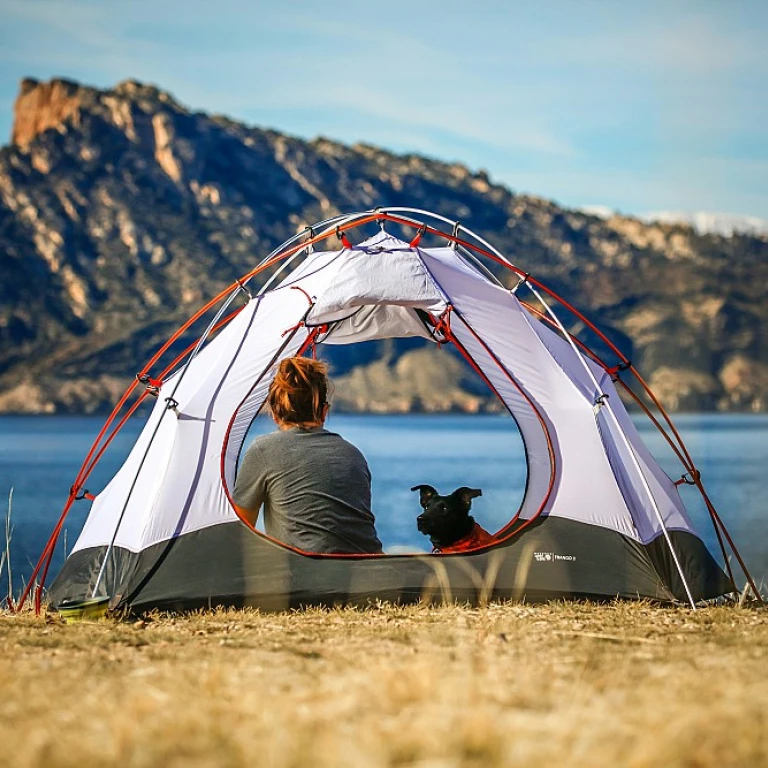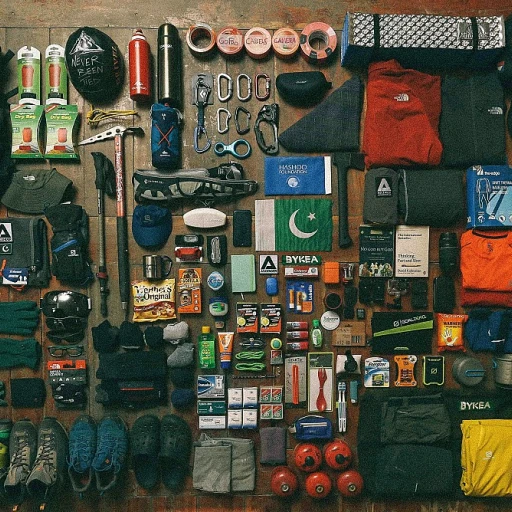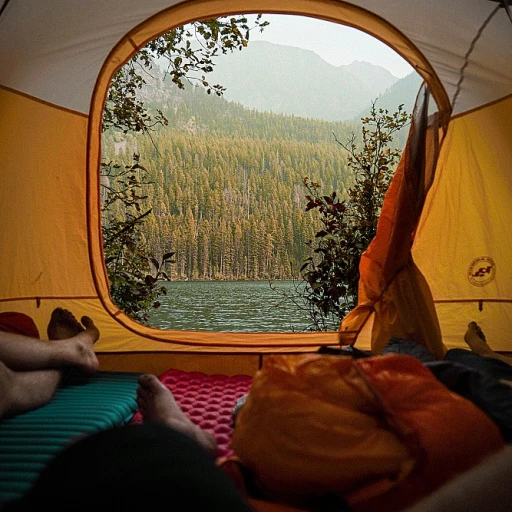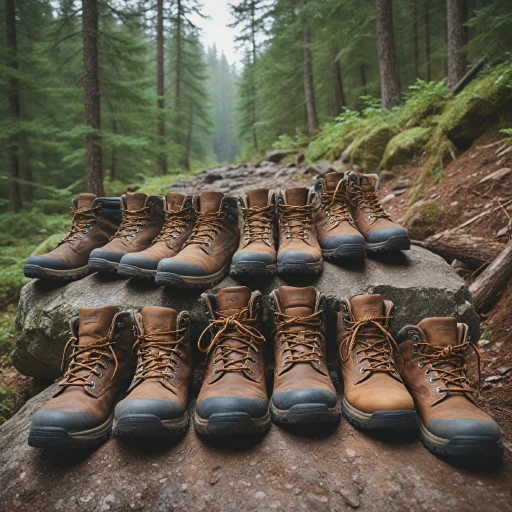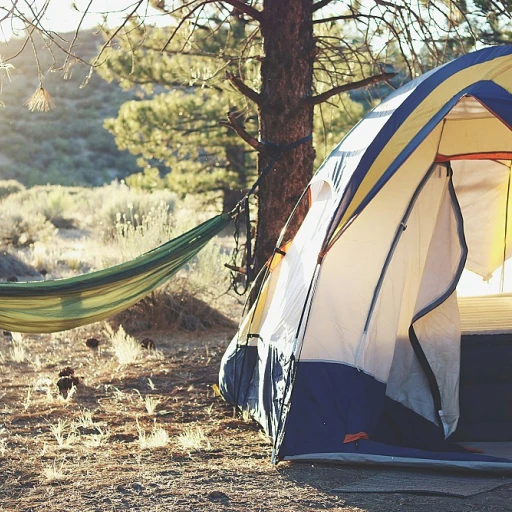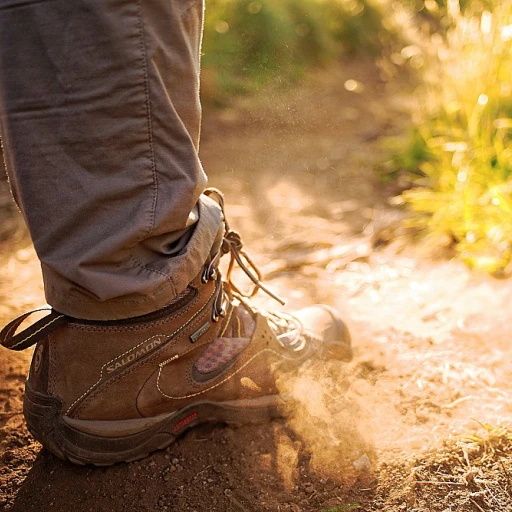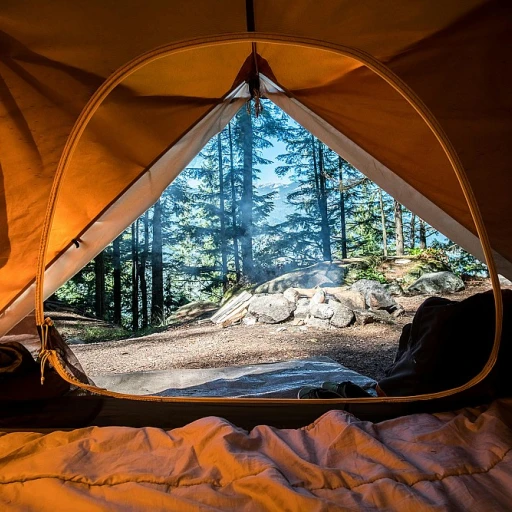
Understanding the Importance of Hiking Poles
The Vital Role of Hiking Poles in Outdoor Adventures
Hiking poles are an indispensable part of trekking gear, offering more than just support on rugged trails. Their purpose extends to enhancing stability and reducing the impact on joints, especially during long treks across varied terrains. Investing in a good pair of trekking poles can transform your hiking experience by distributing weight more evenly, thus mitigating fatigue. The necessity of hiking poles becomes evident as they assist in maintaining balance, especially when carrying a backpack filled with essential items like a lightweight tent or camping gear. They come in handy whether navigating steep ascents, crossing rivers, or trekking across snowfields.Stability and Support
Hiking poles serve as extensions of your arms, providing much-needed support and helping maintain a rhythm as you walk. This aids in conserving energy over time and can prevent potential injuries that might occur when tackling a challenging trail. The reduced stress on knees and legs due to the leveraging effect of poles makes them best for long-distance trekking and varying terrains. For those who enjoy hiking in diverse environments, the benefits go beyond just physical support. With innovations like shock absorbing technology, poles are now able to dampen vibrations, offering a more comfortable hiking experience.Conclusion: A Must-Have Accessory
Understanding the importance of choosing the right hiking poles, like those featuring a sturdy aluminum shaft material or the lighter carbon fiber option, can significantly enhance your hiking adventures. Whether you're considering the adjustable MSR DynaLock or the reliable Black Diamond Distance poles, make sure to factor in aspects like weight, grip, and locking mechanism before making a purchase. Hiking poles, such as those from best trekking pole reviews, not only enhance your trail experience but also open new possibilities for exploring different terrains. For more insights into the benefits of using a wooden walking stick during hikes, you can explore the essential role of a wooden walking stick in hiking.Key Features to Look for in Hiking Poles
Essential Features for Choosing the Right Hiking Poles
When selecting the best trekking poles for your adventures, several key features can make a significant difference in your hiking experience. Understanding these aspects will help you make an informed decision and ensure that your gear supports you effectively on the trail.
Weight and Shaft Material
The weight of your hiking poles can greatly affect your endurance on long hikes. Lighter poles, often made from carbon fiber, are ideal for reducing fatigue over time. However, aluminum poles, while slightly heavier, offer excellent durability and are often more budget-friendly. Consider the shaft material based on your hiking needs and budget.
Grip and Comfort
Comfort is crucial when it comes to the grips of your trekking poles. Look for grips made from materials like cork or foam, which provide a comfortable hold and reduce sweat accumulation. The right grip can prevent blisters and enhance your overall hiking experience.
Adjustability and Locking Mechanisms
Adjustable poles are versatile, allowing you to modify the length based on the terrain. A reliable locking mechanism is essential to ensure stability and safety. Options like flick locks or twist locks are popular, each with its own advantages. Make sure to test the locking system to find what works best for you.
Shock Absorption and Baskets
For those tackling rugged trails, poles with shock-absorbing features can reduce strain on your joints. Additionally, consider the type of baskets included with the poles. Larger baskets are useful in snowy conditions, while smaller ones are suitable for regular trails.
Price and Brand Considerations
While price is always a factor, investing in a reputable brand like Black Diamond or Gossamer Gear can ensure quality and longevity. Reading poles reviews can also provide insights into the performance and durability of different models.
For more tips on enhancing your hiking experience, consider exploring enhancing your hiking experience with a walking staff.
Comparing Materials: Aluminum vs. Carbon Fiber
Deciphering Shaft Materials for Optimal Performance
When selecting trekking poles, understanding the shaft material is crucial. Shaft materials significantly influence the pole's weight, durability, and price, and the two most prevalent options are aluminum and carbon fiber. Let's delve into the characteristics of each to help you determine which material aligns best with your hiking adventures. Aluminum: The Sturdy Choice Aluminum poles, known for their resilience, are often favored by hikers traversing rugged trails. They offer a balance of durability and affordability, making them a popular option for many trekking enthusiasts. Here are some key attributes:- Durability: Aluminum is renowned for its robustness, capable of withstanding significant stress without bending or breaking easily. This makes it ideal for challenging terrains.
- Flexibility: In case of a high-impact event, aluminum poles are more likely to bend rather than snap, allowing for quick on-the-trail adjustments without catastrophic failure.
- Price: Generally, aluminum poles are more budget-friendly, rendering them an accessible choice for newcomers or casual hikers.
- Weight: Carbon poles are strikingly lighter, enhancing ease of use and comfort over long distances, especially critical for fast-paced trails or endurance hiking.
- Vibration Damping: Carbon fiber naturally absorbs shocks and vibrations, offering a smoother trekking experience over diverse surfaces.
- Sleek Design: Often sporting a more streamlined appearance, carbon fiber poles are aesthetically pleasing and designed with performance in mind.
Adjustability and Locking Mechanisms
Adjustability for Tailored Fit
When selecting hiking poles, adjustability is crucial for meeting varying trail conditions and personal preference in length. The ability to adjust the length ensures that you get the most comfortable experience, whether you're ascending a steep incline or navigating flat terrain. Adjustable poles offer a range of benefits including compact packed size and flexibility across different hiking scenarios.Types of Locking Mechanisms
To make the most of adjustable hiking poles, understanding the different locking mechanisms is essential. Here’s a breakdown of some of the common types:- Lever Lock: Known for its reliability, the lever-lock mechanism allows quick adjustments, which is particularly helpful when speed is of the essence. It's generally preferred for its ease of use even in cold weather.
- Twist Lock: While lightweight and sleek, twist-lock mechanisms require more dexterity and can be susceptible to loosening over time, especially if exposed to dust or debris. Proper maintenance is key to keeping them in optimal condition.
- Combination Locks: Some advanced trekking poles feature a combo of lever and twist locks. This offers enhanced stability and convenience by combining the best aspects of both systems.
Considerations for Selection
When choosing the best hiking poles for your next trek, consider your preference for ease of adjustment, durability against time and conditions, and the weight you'll be carrying. A balance between all these factors can significantly impact your hiking experience. Brands like Black Diamond and MSR Dynalock offer a variety of models with different locking options. Reading poles reviews can help gauge the effectiveness and user satisfaction of a particular locking mechanism. An adjustable length feature paired with a solid locking mechanism not only aids in preventing accidental collapses but also supports a dynamic hiking environment.Top Hiking Pole Brands and Models
Leading Brands and Models for Superior Performance
When embarking on a trail, equipping yourself with the best hiking poles can significantly enhance your trekking experience. Several brands stand out for their quality, durability, and performance. Let’s explore some top contenders in the market.- Black Diamond: Known for crafting high-performance gear, Black Diamond offers an impressive array of trekking poles. Their Distance Carbon Z model is exceptionally lightweight, making it a favorite amongst avid hikers who prioritize minimal weight while maintaining durability. The locking mechanism on their aluminum and carbon fiber variants provides reliable stability on unpredictable terrains.
- MSR Dynalock: Featuring strong aluminum construction, MSR Dynalock trekking poles offer a robust design with an excellent grip and adjustable length. These poles maintain effectiveness over time, allowing hikers to tackle various trails with confidence. Their shock-absorbing technology further enhances comfort on long journeys.
- Gossamer Gear: Renowned for their ultralight options, Gossamer Gear’s trekking poles deliver exceptional performance coupled with reduced weight. They provide a comfortable grip and are complemented by an adjustable size to suit diverse trekking needs.
- Cressida Carbon: Balancing quality with economic price points, Cressida Carbon presents trekking poles with a blend of user-friendly features. These poles excel in durability and offer effective locking mechanisms, ideal for both novice and seasoned trekkers.
Maintenance and Care Tips for Longevity
Essential Tips for Keeping Your Hiking Poles in Top Condition
Proper maintenance and care of your hiking poles can greatly extend their lifespan and ensure optimal performance on the trail. Whether your trekking poles are made from aluminum or carbon fiber, adhering to a regular maintenance routine is key. Here are some essential tips to consider:
- Clean After Every Hike: Dirt, grit, and moisture can accumulate in the locking mechanism or around the shaft. It’s vital to clean your poles after each outing to prevent buildup, especially if you’ve been trekking through mud or sand.
- Check the Locking Mechanisms: Regularly inspect the locking mechanisms for any signs of wear or damage. This is crucial to maintain the poles’ adjustability and might involve tightening screws or replacing worn parts.
- Store Properly: After cleaning, ensure that your poles are completely dry before storing them. Store them in a cool, dry place, ideally not fully collapsed, to prevent moisture from getting trapped in the joints.
- Assess Tips and Baskets: The tips and baskets are some of the most essential parts of your hiking poles. Whether using rubber or carbide tips, inspect them for wear. Baskets might need changing depending on the terrain, so consider swapping them out based on whether you're taking on snowy paths or rugged trails.
- Adjust Care Based on Material: While carbon fiber poles are lightweight and offer excellent shock absorption, they can be more fragile than their aluminum counterparts. Be cautious to avoid over-bending or forcing them during use or storage.
- Regular Maintenance Schedule: Establish a routine—perhaps at the end of each hiking season or after every few hikes—where you perform a detailed inspection of all parts. This proactive approach to care will help you detect potential issues before they become bigger problems.
By giving your poles the attention they need, you'll ensure that they're ready for your next adventure, no matter the distance or terrain. Proper care makes a noticeable difference in performance, maintaining the lightweight efficiency of carbon fiber or the robust durability of aluminum. Keeping your trekking gear in top shape means you're always prepared to tackle your next trail with confidence.

